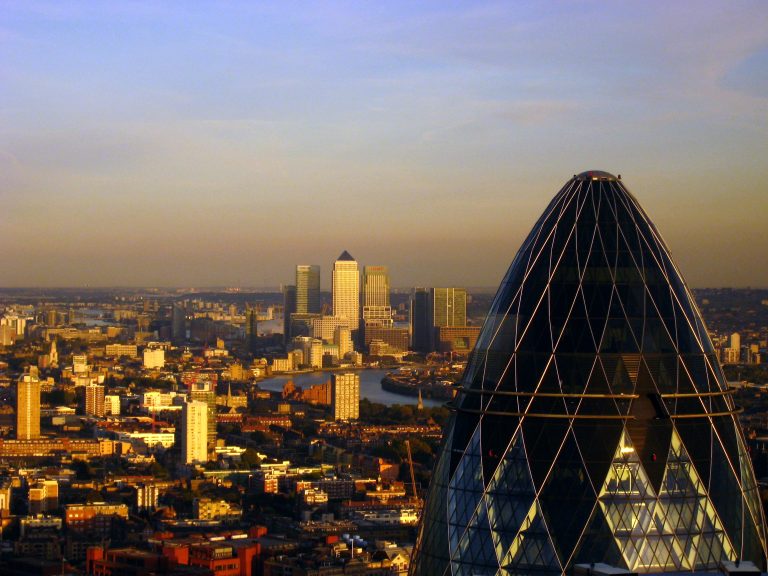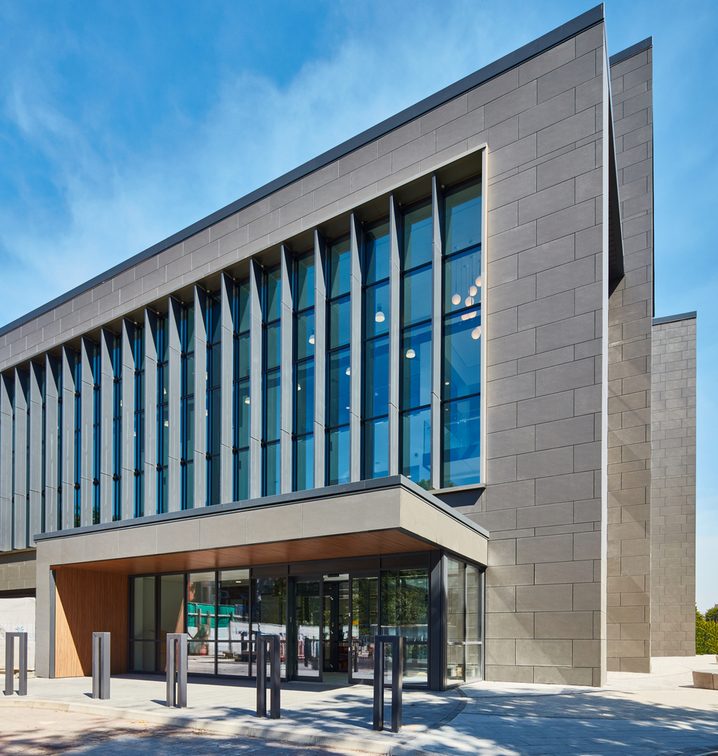Boosted by a greater share of sales to first time buyers not seen in nearly four years, existing home sales in the United States maintained their upward trend in June and increased for the fourth month in a row.
Only the Northeast of the nation saw a decline in sales in June and sales to investors fell to their lowest overall share since July 2009, according to the latest monthly index from the National Association of Realtors (NAR). Existing home sales were up 1.1% to a seasonally adjusted annual rate of 5.57 million in June from a downwardly revised 5.51 million in May. After last month’s gain, sales are now up 3% from June 2015 and remain at their highest annual pace since February 2007. According to Lawrence Yun, NAR chief economist, the four month streak of sales gains through June caps off a solid first half of 2016 for the housing market. ‘Existing sales rose again last month as more traditional buyers and fewer investors were able to close on a home despite many competitive areas with unrelenting supply and demand imbalances,’ he said. ‘Sustained job growth as well as this year’s descent in mortgage rates is undoubtedly driving the appetite for home purchases but looking ahead, it’s unclear if this current sales pace can further accelerate as record high stock prices, near record low mortgage rates and solid job gains face off against a dearth of homes available for sale and lofty home prices that keep advancing,’ he pointed out. The index data also shows that median existing home prices for all housing types in June was $247,700, up 4.8% year on year and it means that prices have now increased for 52 months in a row and surpass May’s peak median sales price of $238,900. Total housing inventory at the end of June dipped 0.9% to 2.12 million existing homes available for sale and is now 5.8% lower than a year ago while unsold inventory is at a 4.6 month supply at the current sales pace, which is down from 4.7 months in May. The share of first time buyers was 33% in June, up from 30% in May and a year ago and is the highest since July 2012 when it was 34%. Through the first six months of the year, first time buyers have represented an average of 31% of buyers compared to 30% in all of 2015. ‘The modest bump in June sales to first time buyers can be attributed to mortgage rates near all-time lows and perhaps a hopeful indication that more affordable, lower priced homes are beginning to make their way onto the market,’ said Yun. ‘The odds of closing on a home are definitely higher right now for first time buyers living in metro areas with tamer price growth and greater entry level supply, particularly areas in the Midwest and parts of the South,’ he added. The data also shows that all cash sales were 22% of transactions in June, unchanged from both May and a year ago. Individual investors, who account for many cash sales, purchased 11% of homes in June, the lowest since July 2009, down from 13% in May and 12% a year ago. Some 64% of investors paid cash in June. According to NAR president Tom Salomone, it is good news for estate agents that the US Senate voted last week to pass H.R. 3700, the Housing Opportunity Through Modernization Act. ‘At a time of historically low mortgage rates, this is a huge win for prospective first time and low to moderate income buyers interested in purchasing a condo. Eliminating overly burdensome restrictions on condos will help more of these prospective buyers access financing and take advantage of this affordable entry point into home ownership,’ he said. The NAR report shows that properties typically stayed on the market for 34 days in June, an increase from 32 days in May but unchanged from a year ago. Short sales were on the market the longest at a median of 156 days in June, while foreclosures sold in 49 days and non-distressed homes took 30 days. Some 48% of homes sold in June were on the market for less than a month. Distressed sales, that is foreclosures and short sales, amounted to 6% of sales in June, unchanged from May and down from 8% a year ago. Some 4% of June sales were foreclosures, the lowest since NAR began tracking in October 2008, and 2% were short sales. Foreclosures sold for an average discount of 11% below market value in June, down from 12% in May, while short sales were discounted 18%, up from 11% in May. A breakdown of the figures shows that single family home sales increased 0.8% to a seasonally adjusted annual rate of 4.92 million in June from 4.88 million in May, and are now 3.1% higher than the 4.77 million pace a year ago. The median existing single family home price was $249,800 in June, up 5% from June 2015. Existing condominium and co-op sales grew 3.2% to a seasonally adjusted annual rate of 650,000 units in June from 630,000 in May, and are now 1.6% above June 2015. The median existing condo price was $231,600 in June, some 3.2% above a year ago. On a regional basis June existing home sales in the Northeast were down by 1.3% to an annual rate of 760,000, but are still 5.6% above a year ago. The median price in the Northeast was $284,800, which is 1.4% above June 2015. In the Midwest, existing home sales were up 3.8% to an annual rate of 1.35 million in June, and are now 4.7% above June 2015. The median price in the Midwest was $199,900, up 5.7% from a year ago. Existing home sales in the South in June remained unchanged from May at an annual rate of 2.26 million, and are 3.2% above June 2015. The median price in the South was $217,400, up 5.5% from a










